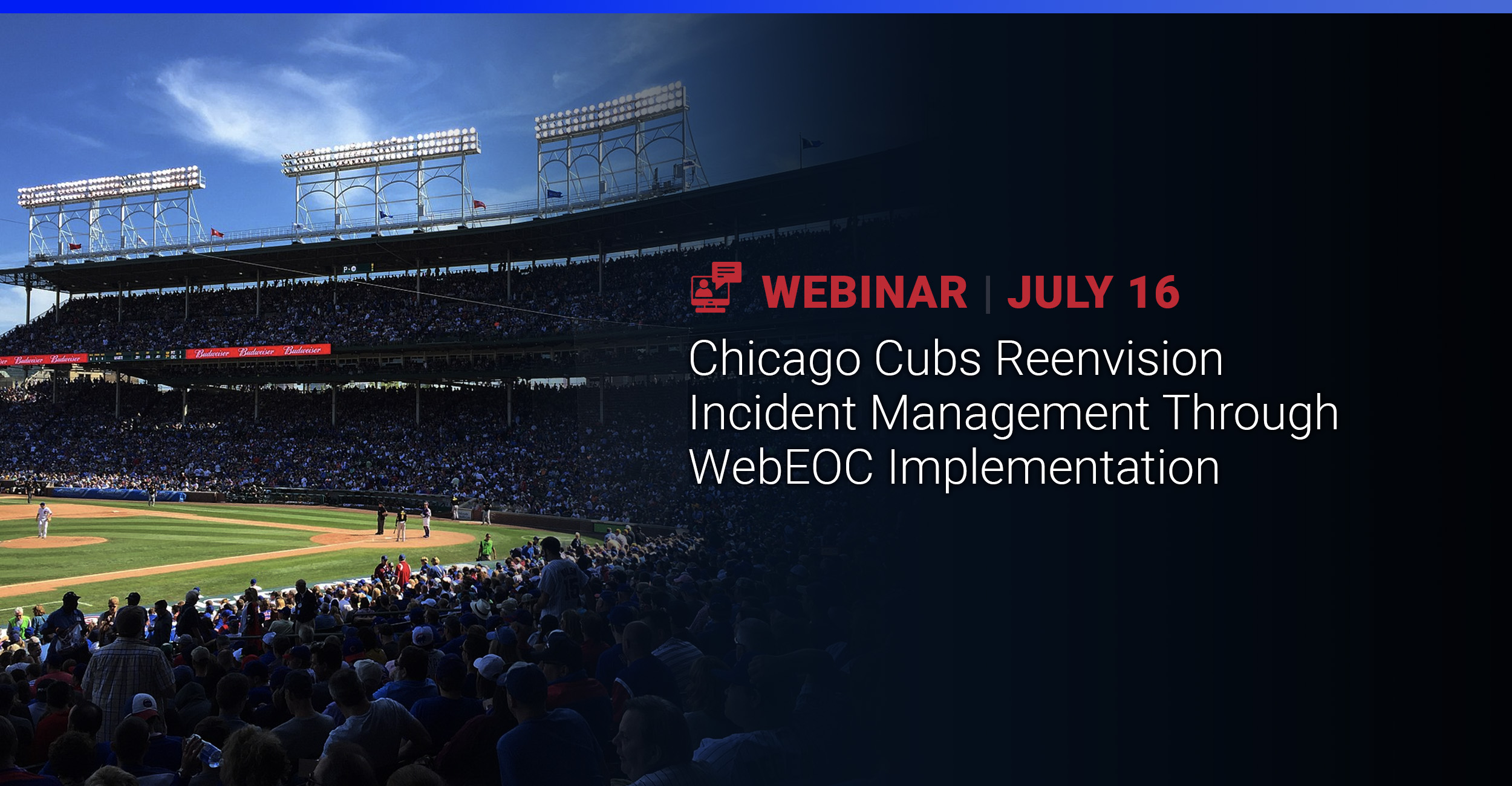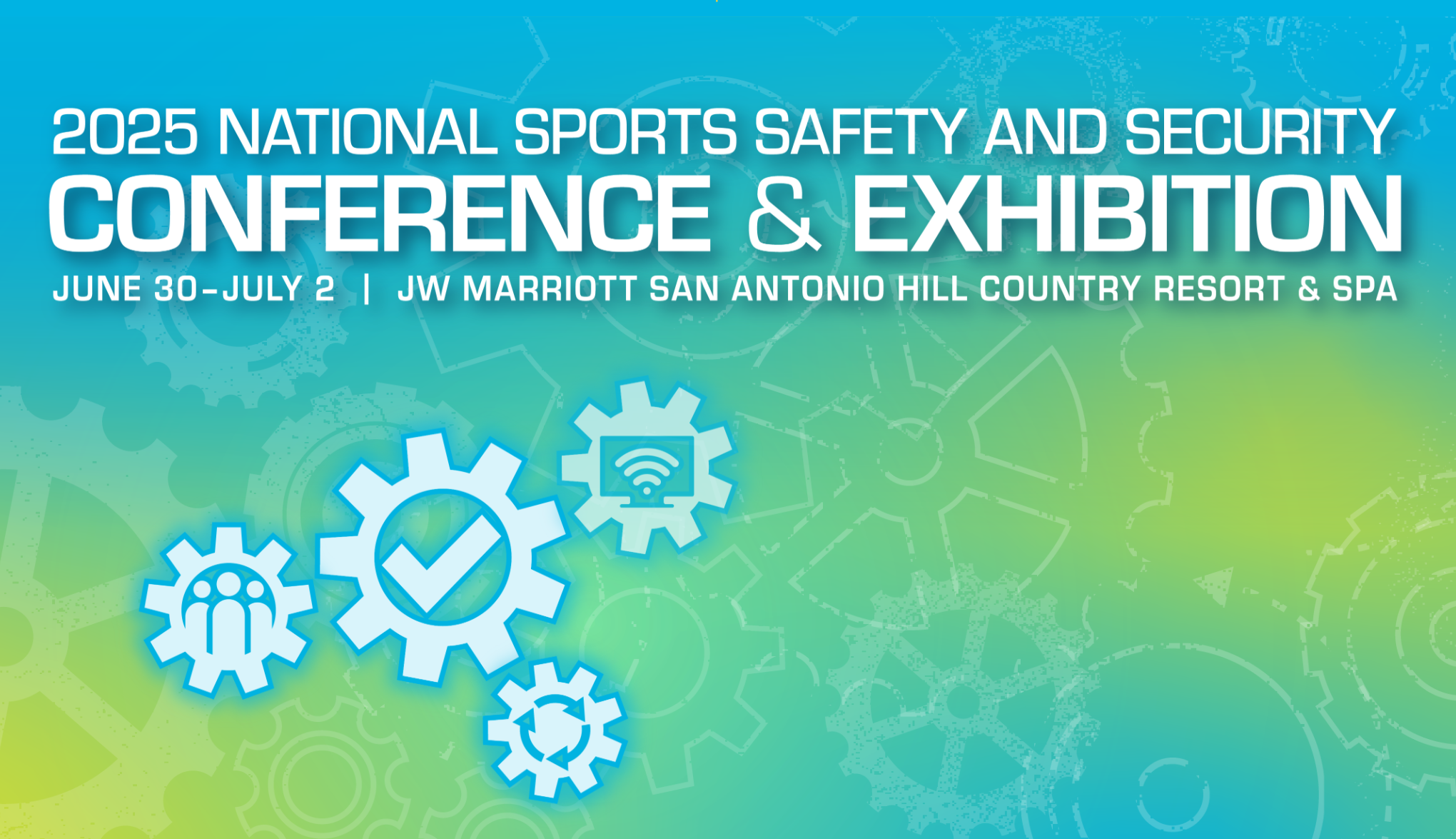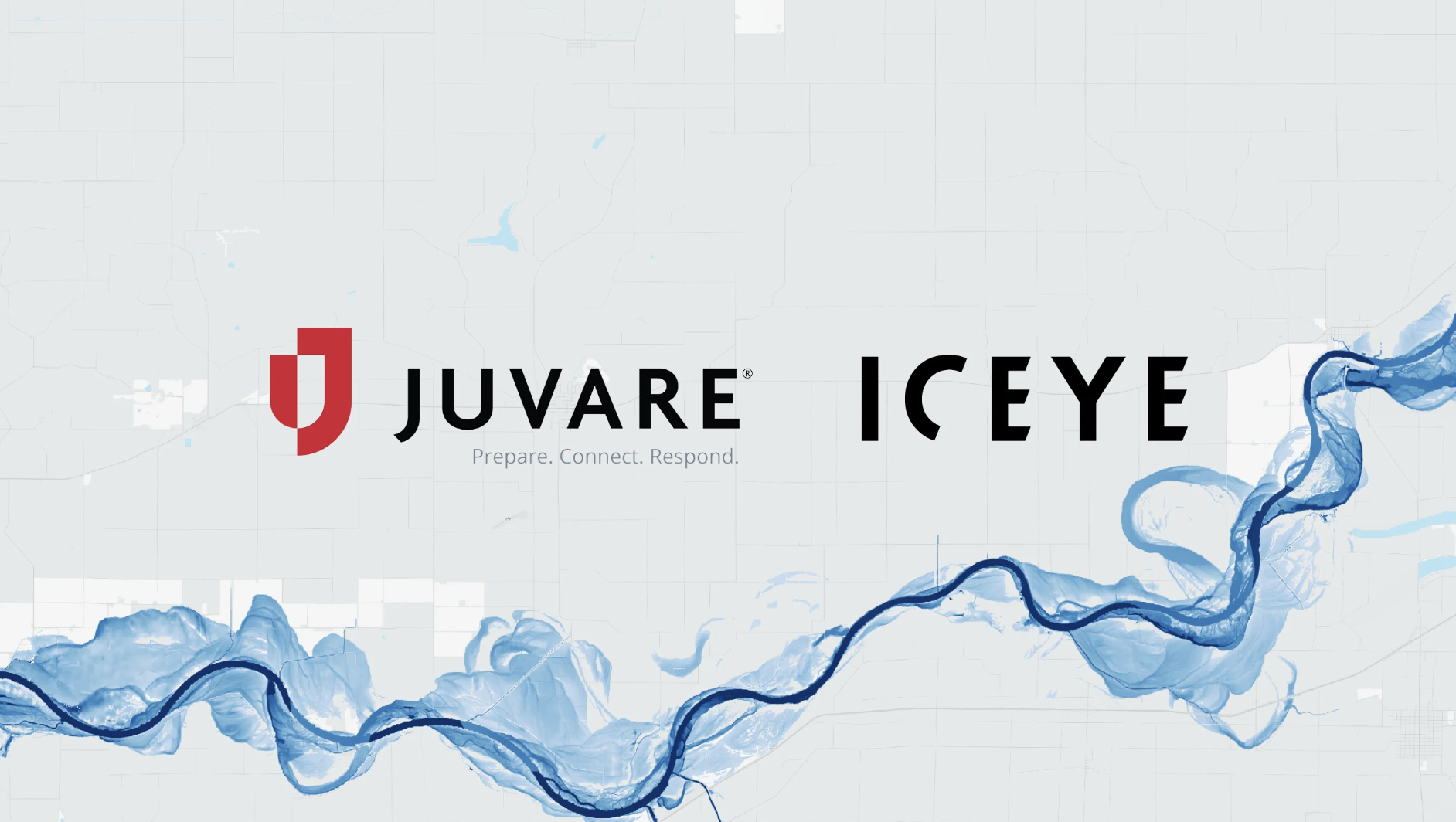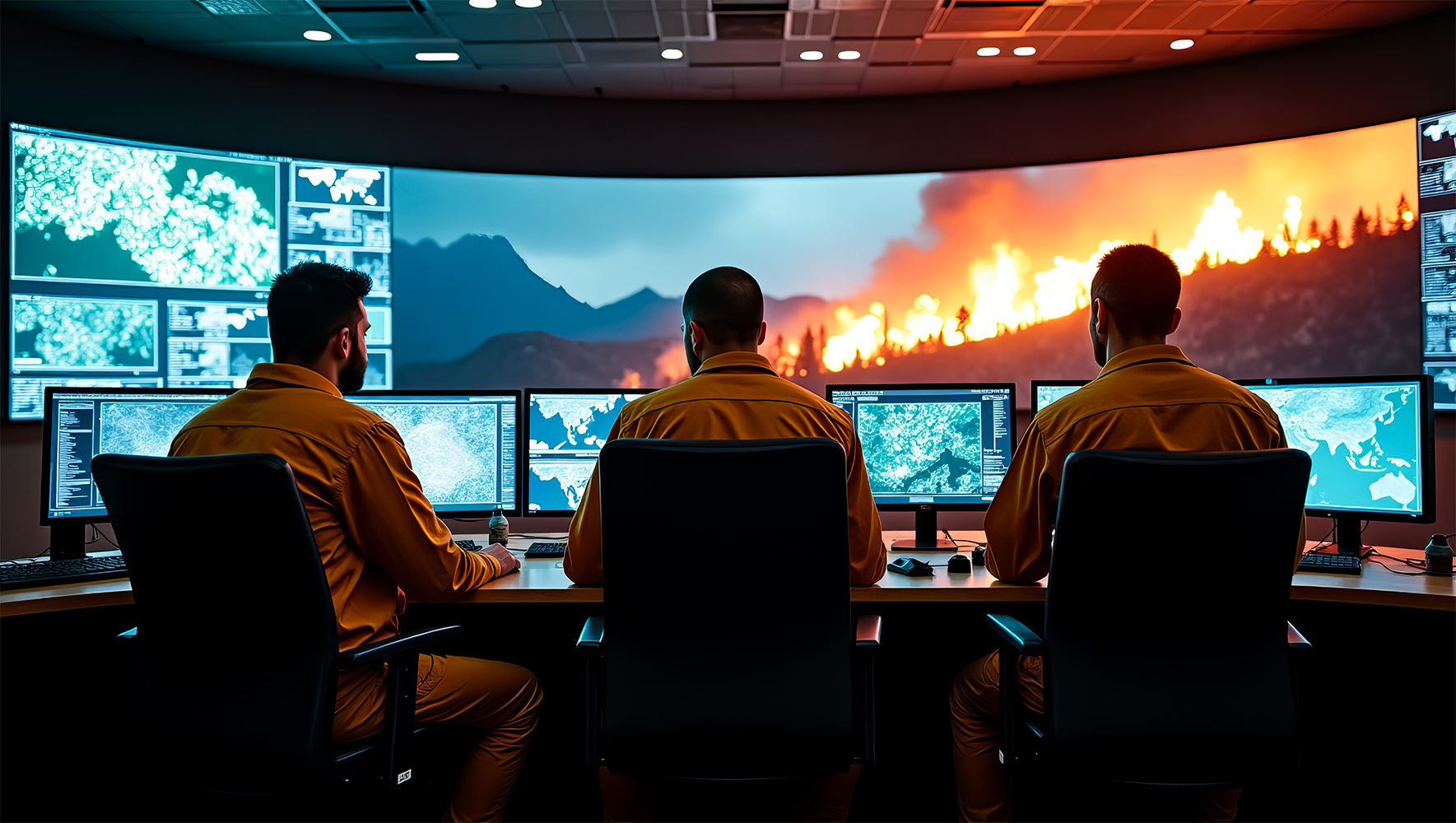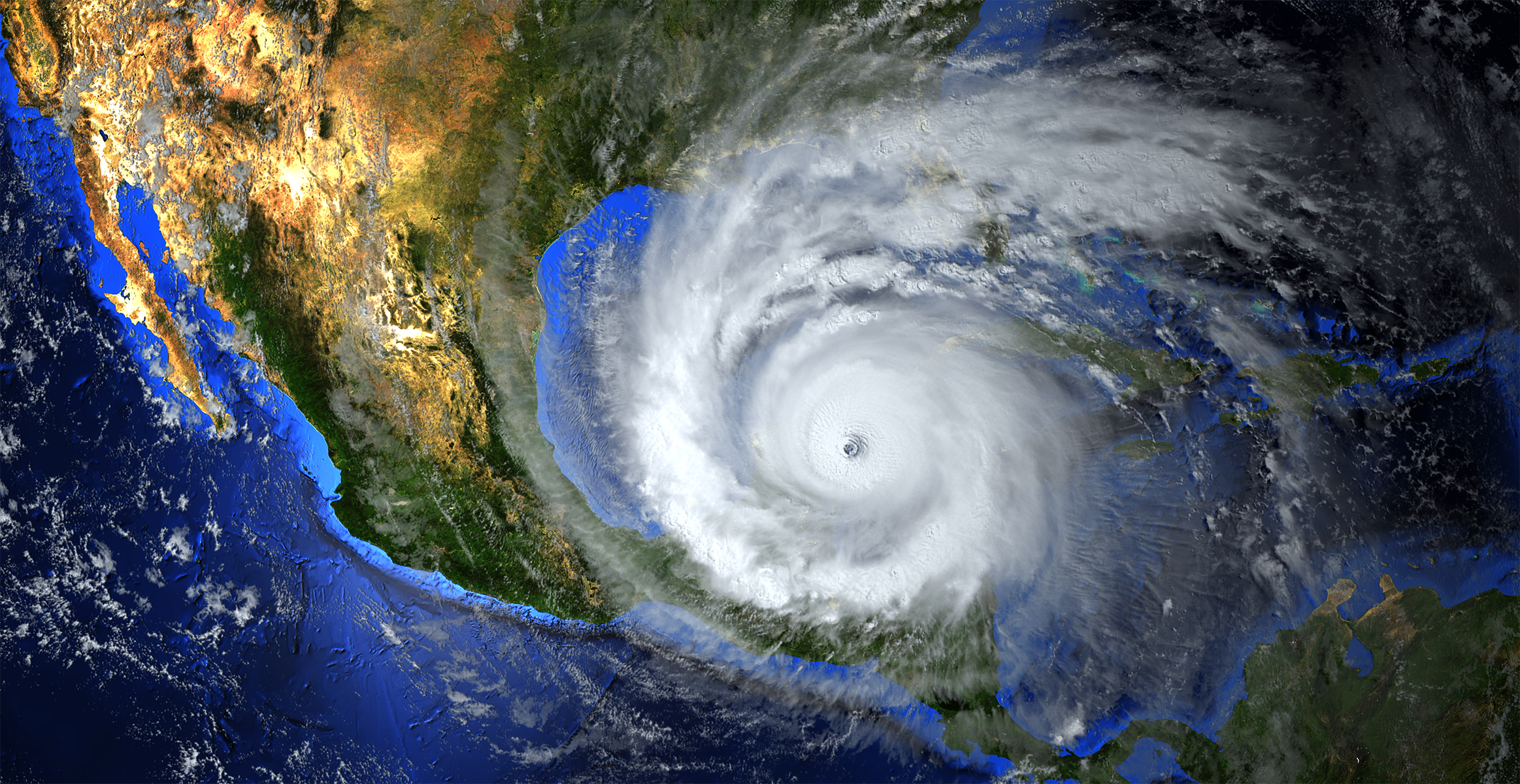The great American general George S. Patton once said, “Prepare for the unknown by studying how others in the past have coped with the unforeseeable and the unpredictable.”
Patton was well known to be an aggressive commander, but also an extremely intelligent tactician who did not act without careful planning, preparation, and assessment of the situation.
Emergency managers are constantly fighting the same enemy – the “unforeseeable and unpredictable” critical incident, disruption, or disaster. But even veteran emergency managers who have seen dozens of critical incidents – from pandemics to hurricanes, wildfires, and tornadoes, to active shooter situations or acts of terrorism – find that the variables change, making each instance a new experience. Each event is unique and each one is a new learning experience.
To respond quickly and effectively to a critical incident, detailed plans and procedures have to be created proactively to lay out concrete actions for response and recovery to save lives, minimize damage or loss of property, and maintain business continuity. But with the unpredictability of disasters and critical incidents, emergency managers also have to be flexible, adaptable, and prepared for any unexpected turn – which is helped by having a full grasp of the details.
Effective response requires an ongoing cycle of reports including action plans, checklists, response guides and processes, situational reports (SitReps), and After Action Reports (AARs) detailing actions taken before, during, and after a critical incident, and that are tailored to the unique needs of each agency or organization. These physical and detailed planning reports help give emergency managers the capability to respond to the conceptual and changeable aspects of a critical incident.
Taking the military analogy a step further (and at the risk of oversimplifying complex military strategy concepts), emergency management planning could be compared to elements of the U.S. Army’s concept of “Battle Command”. One of the key aspects of battle command, and part of the planning process, is “design”, which according to Field Manual 5-0 is defined as “a methodology for applying critical and creative thinking to understand, visualize, and describe complex, ill-structured problems and develop approaches to solve them.”
“Design is neither a process nor a checklist. It is a critical and creative thinking methodology to help commanders understand the environment, analyze problems, and consider potential approaches so they can exploit opportunities, identify vulnerabilities, and anticipate transitions during a campaign.” (FM 5-0, The Operations Process)
In the context of emergency management, proper design of critical incident planning and procedures allows emergency managers to better use critical thinking to understand, adapt, and solve problems in constantly changeable environments that come with each critical incident.
A critical incident management platform’s ability to provide consistent situational awareness and to centralize key data and information makes it an effective and useful tool for creating action plans, incident reports or SitReps, and After Action Reports – all of which can be made available to all stakeholders and enhance collaboration.
Each of these reports from all phases of the emergency management lifecycle —- planning, response, recovery, mitigation —- helps fill in necessary data and information to create a larger picture to enhance perspective and enable better planning and decision making.
Making this data and information available in a technology platform allows fuller capabilities for incident command.
Here are some helpful tips for compiling forms and reports, and creating effective plans and procedures for a critical event:
- Identify and compile all forms to be used during different responses, including incident reports and forms for insurance purposes
- Seek input on the plan from all stakeholders including law enforcement, fire, medical/hospital, public health, and emergency management
- Identify key personnel and stakeholders who will be involved in emergency response and their roles
- Establish an incident command center for coordination of response and communications
- Develop procedures for coordinating critical incident response across multiple locations
- Use a platform that
- allows a centralized, single source of tracking information before, during and after the event
- provides the ability for many people to work in the platform at the same time
- gives access to a system for managing tasks, assignments, forms and reports
The CDC has also recently released resources for helping organizations with strategy for reopening in the wake of COVID-19, and to plan for critical incidents and disasters. In particular, the CDC Community Mitigation Framework outlines actions that individuals, businesses, health departments, and community settings (such as schools) can take to slow the spread of COVID-19.
Juvare’s WebEOC platform, which is the most battle-tested emergency management solution in the industry, also provides the tools businesses, higher education institutions, and other organizations need for planning strategies and keeping up with all the reporting tasks necessary to respond to critical incidents.
Especially helpful in reopening and return-to-work strategy are the recently-launched solutions WebEOC Workplace and WebEOC Campus, which combine emergency preparedness and response solutions with pandemic-specific workflows such as contact tracing and case management to deliver dynamic workflows necessary to keep people safe – and to manage return-to-work requirements, mitigate risks, and prepare for future critical incidents.
WebEOC Workplace and WebEOC Campus are designed to help organizations of all sizes effectively manage the complexities of returning normal operations, not only monitoring individuals, but also tracking facility statuses, PPE supplies, task assignments, and ongoing processes and procedures required.
To learn more about how Juvare can assist your organization in establishing complete situational awareness and preparing for “the unforeseeable and the unpredictable” with an effective critical incident strategy, contact us today.











